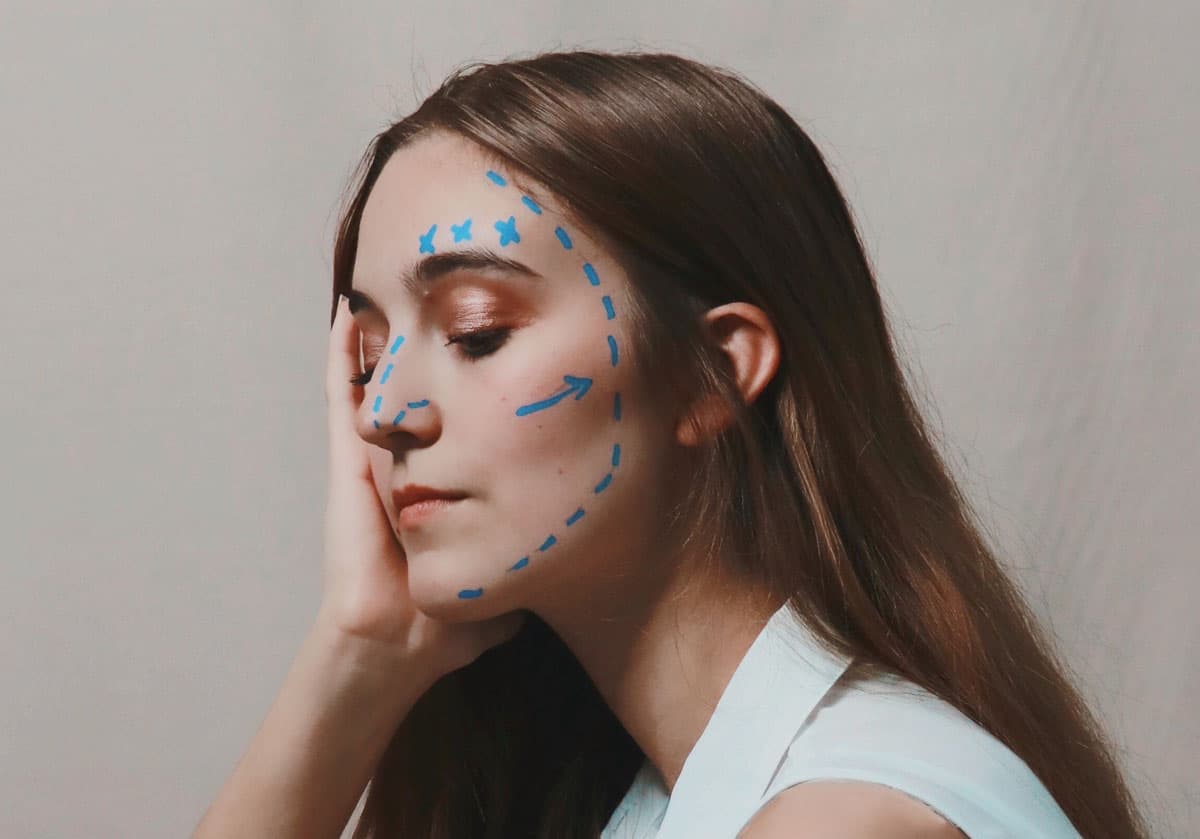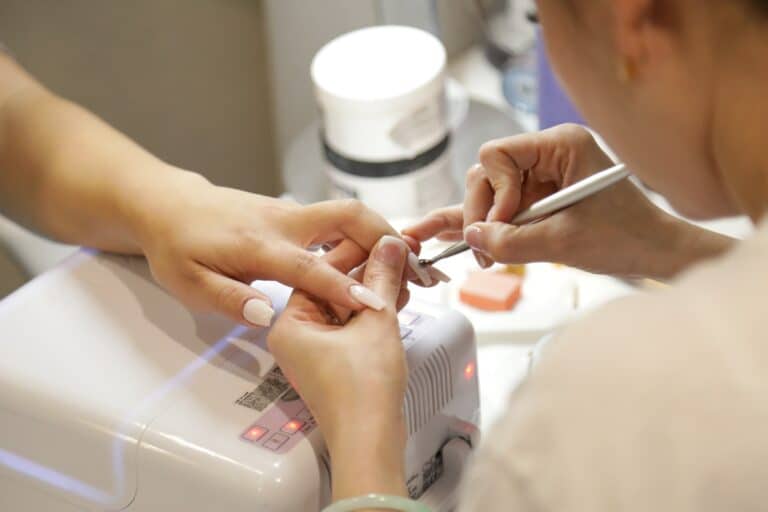Even if you go to great lengths to preserve your youthful beauty, your age is sure to catch up with you at some point. Over the course of a lifetime, your skin must withstand quite a bit of damage, and that is why practically everyone is going to develop fine lines, wrinkles, and other age-related blemishes as they grow older. If you are tired of masking your imperfections with expensive beauty products, then it might be time to take a closer look at Botox. That cutting-edge product can be used to treat a wide variety of blemishes throughout the face, and it continues to be one of the most popular injectables in the world.
Understanding Dynamic Wrinkles
You might be surprised to hear that there are actually a few different types of wrinkles, and that is why one treatment isn’t going to work in every situation. Static wrinkles occur when the face begins to droop and sag over the years, and those imperfections will usually need to be taken care of with injectable fillers or a facelift. Dynamic wrinkles, on the other hand, develop when the muscles that are directly under the skin become very tight. Those types of wrinkles can usually be found along the forehead and around the sides of the eyes. Botox is an ideal treatment option for dynamic wrinkles that are found on the upper half of the face.
How Does This Injectable Work?
Many years ago, doctors realized that they could use the active ingredients Botox injections to block key nerve impulses that clench your muscles. When this injectable is administered, the nearby skin is going to relax because the underlying muscles aren’t going to be as tight. Within days of your injections, you should begin to notice some distinct changes to your age-related blemishes. Over the course of one or two weeks, your unwanted imperfections will begin to fade away before your eyes as your skin continues to smooth out.
What to Expect
This highly personalized treatment only takes a few minutes to complete, but there are some steps that you will need to take before the injections are administered. To get a better idea of what the results are going to look like, your surgeon might suggest Vectra 3D imaging. That 3D imaging system is going to take high-definition photos of your face from multiple angles before you have any injections carried out. Those images will then be placed in a special program that will show you exactly what your face is going to look like after the treatment. If you like what you see in those images, then you can have the treatment carried out on the very same day.
A few minutes before the injections are administered, a team member is going to sanitize and mark the injection sites. The surgeon can then begin the process of injecting one or more doses just under the skin. Those who are worried about pain can have a topical anesthetic applied, but most patients claim that they feel little or no discomfort. Following your procedure, you might notice some inflammation and discoloration around the injection sites. Those side effects typically disappear after a day or two as long as you don’t engage in any strenuous activities.
Within two weeks, the full results of your injections should become apparent. When those results begin to fade away, you can easily schedule a follow-up appointment for additional injections.











